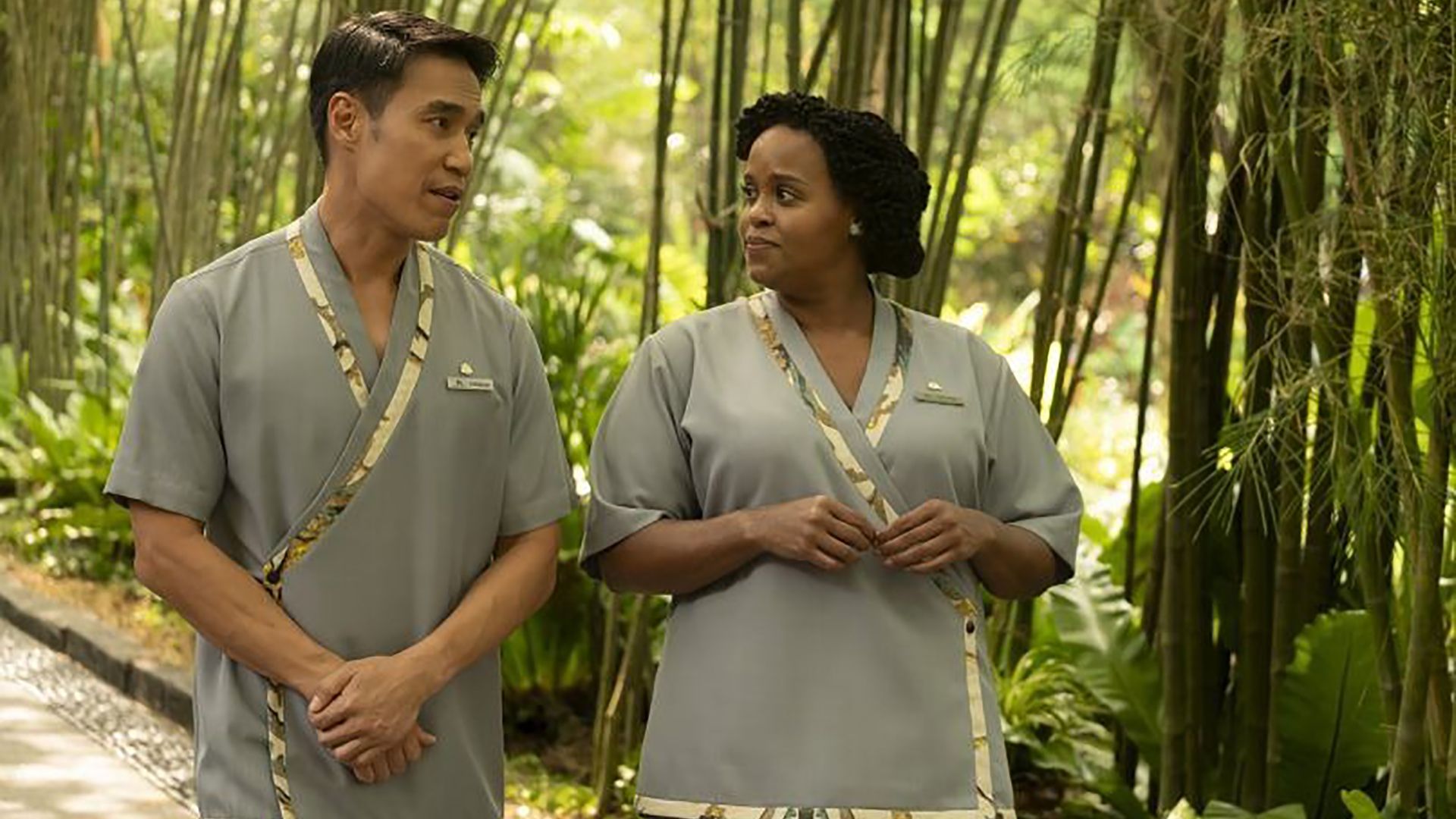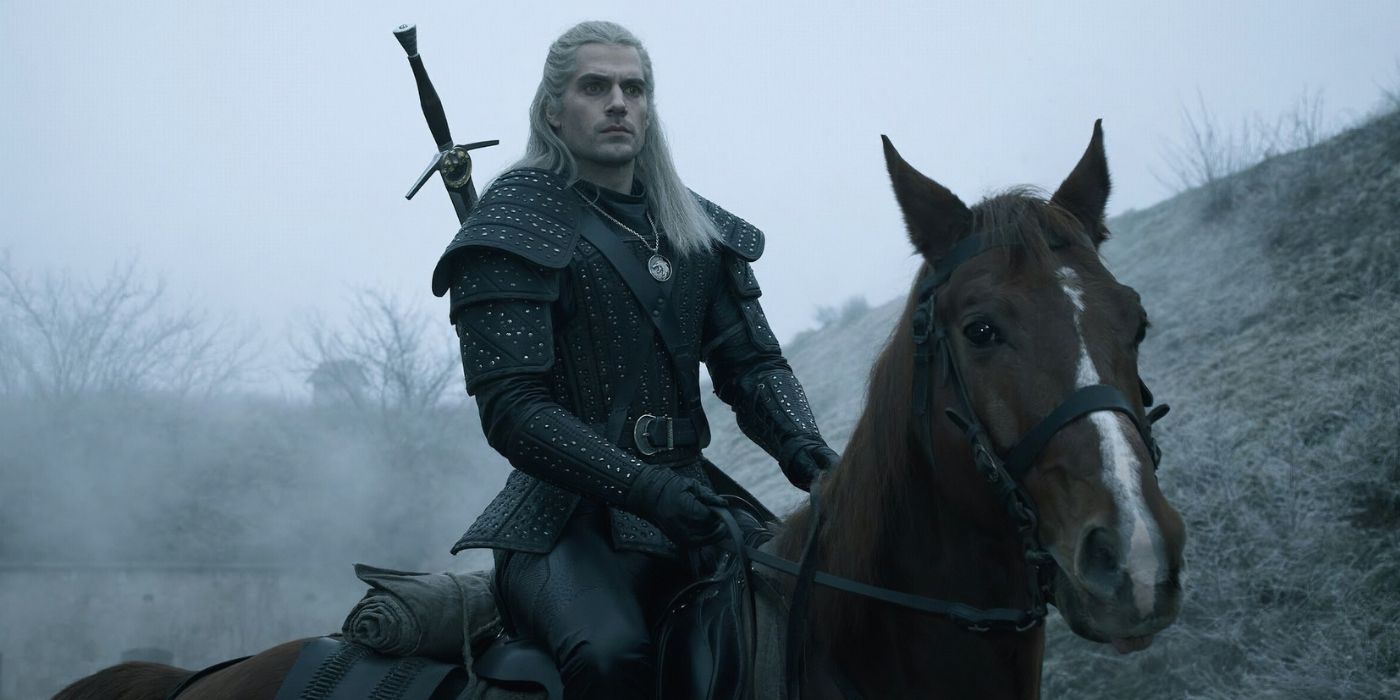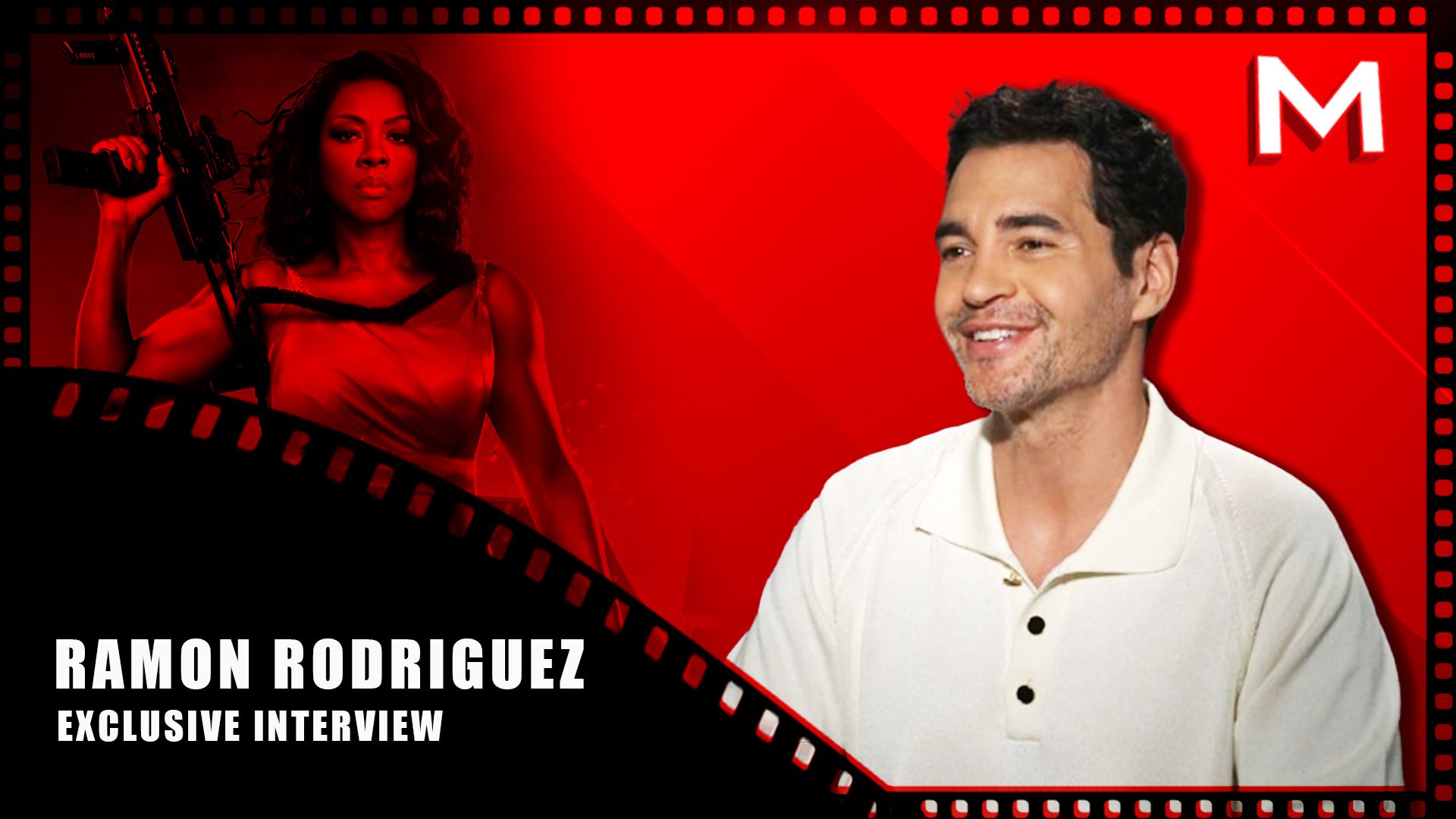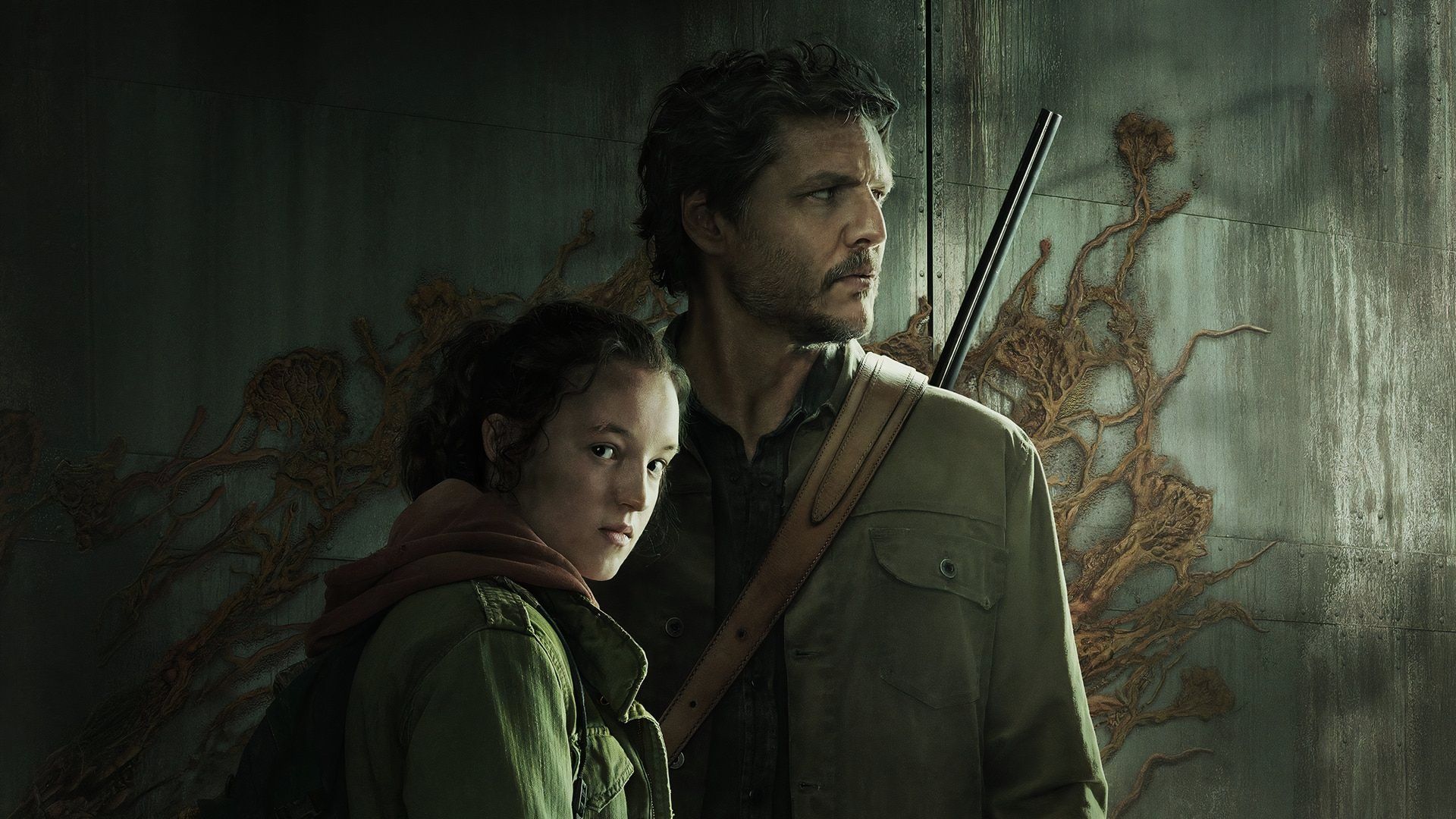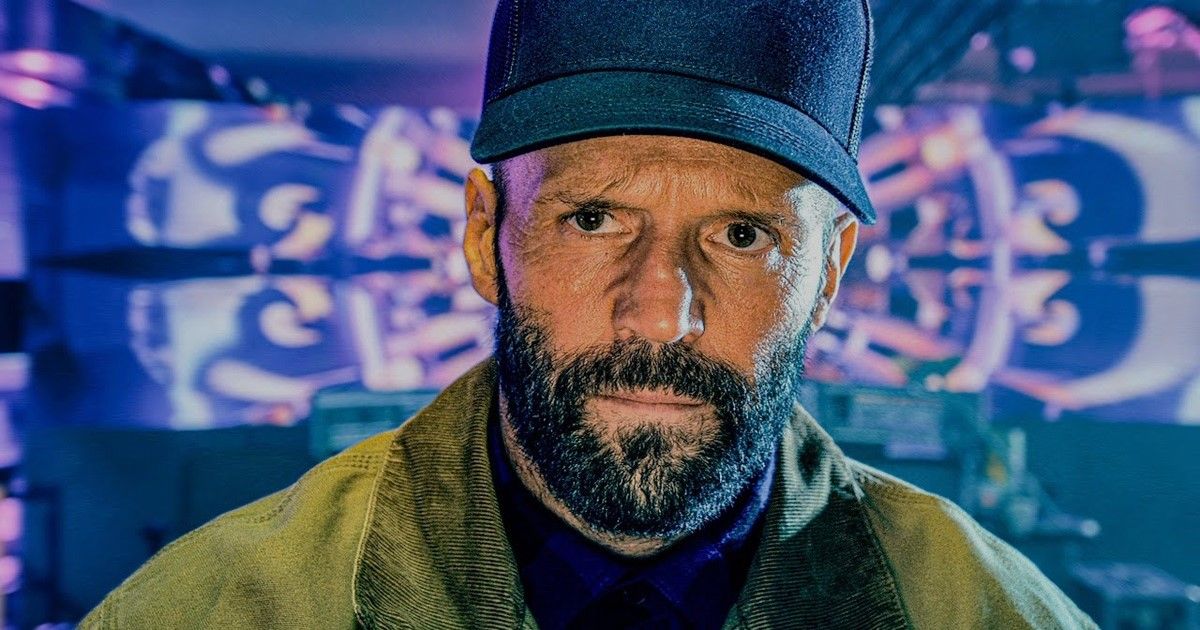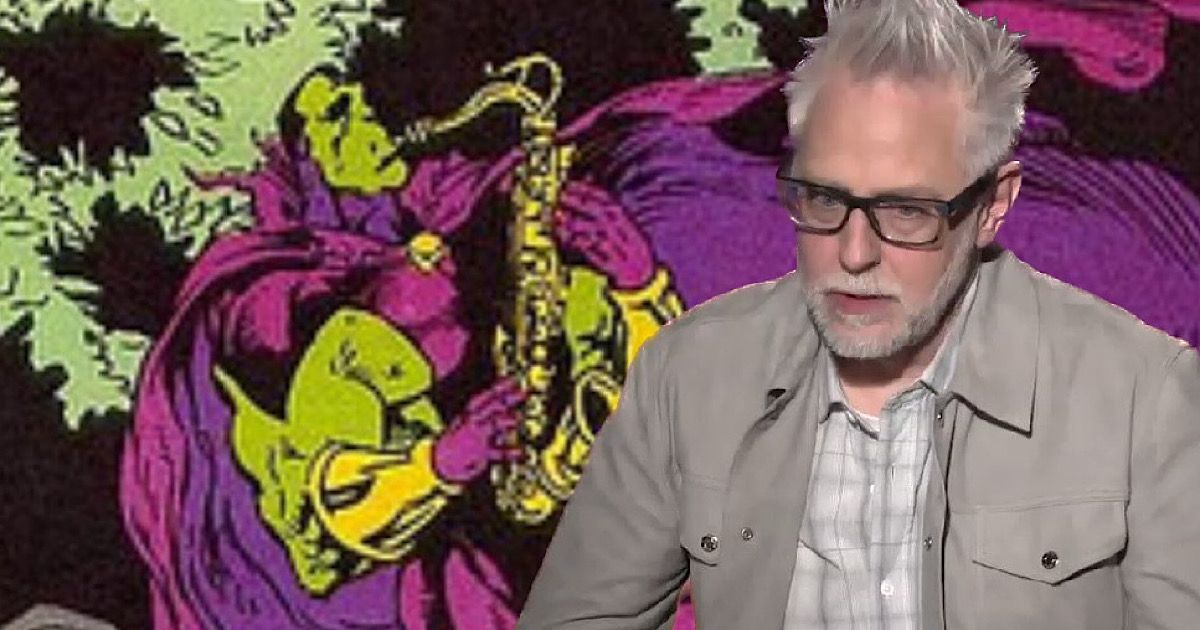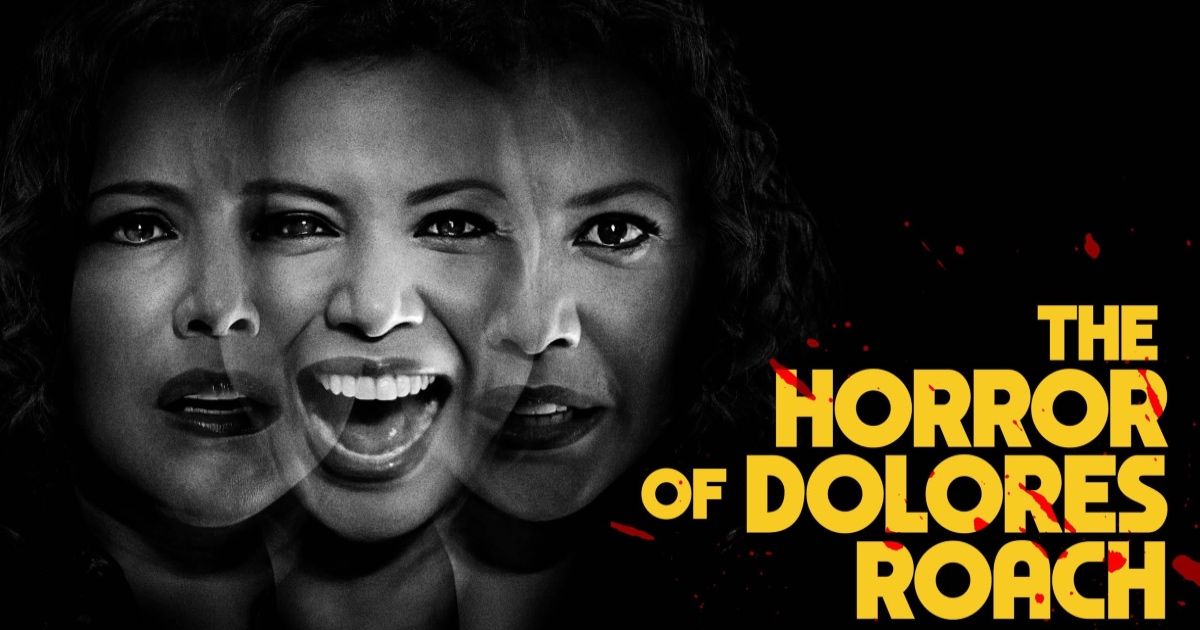The driving emotion behind all of this in-your-face style is anger—specifically, women’s righteous fury towards misogynist forces of violence and oppression. These are embodied in the form of Bruce (Josh Ruben), a seemingly nice guy about whom museum curator Meredith (Sarah Lind) is feeling really good after a handful of dates. The audience knows that Bruce is bad news when Meredith agrees to accompany him upstate for a romantic weekend in the country: In a cold open, we’ve already seen Bruce stalk and slash an art dealer in pursuit of “The Wrath of the Erinyes,” a very old piece of sculpture depicting the three Furies of Greek mythology. Now we’re just waiting for Meredith to catch up.
A misogynistic psycho murdering a woman to take possession of a statue representing feminine rage is symbolically loaded to the point of being on the nose. Luckily, the revenge is just as brazen. In its first half, “A Wounded Fawn” unfolds like a smart, but not particularly groundbreaking serial-killer thriller. In its second, it spins out into something surreal and unexpected as Bruce receives supernatural comeuppance for his many crimes. This, of course, is satisfying to watch. But what makes it really interesting is that it’s never clear to what extent these howling harpies are coming from Bruce’s own mind.
At the movie’s midpoint, the tone shifts from lean and nasty to bombastic and grandiose. The mythological entities that have thus far hovered in the background of the story turn into flesh-and-blood characters as the three Furies—Tisiphone, Alecto, and Megaera—show up, intoning in thunderous voices about the damage they’re about to inflict on this pathetic waste of oxygen. Add a human-sized owl, its steampunk acolytes, gallons of red-orange blood, and loads of occult symbolism, and “A Wounded Fawn’s” metamorphosis from a violent caterpillar into an equally violent, but infinitely weirder butterfly is complete.
You can view the original article HERE.


